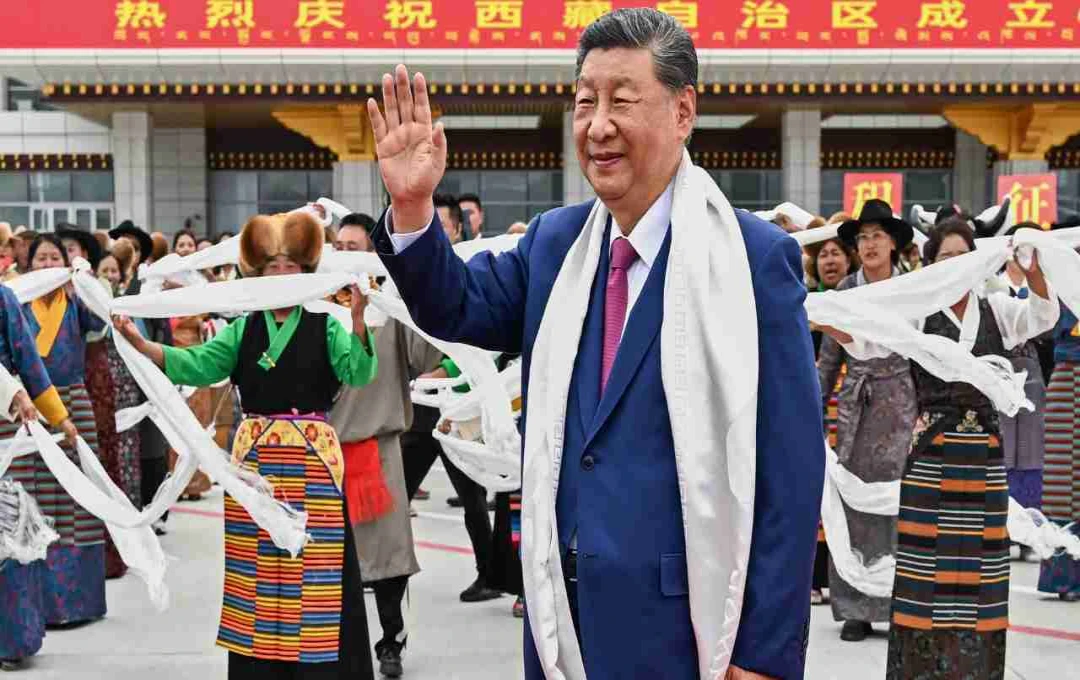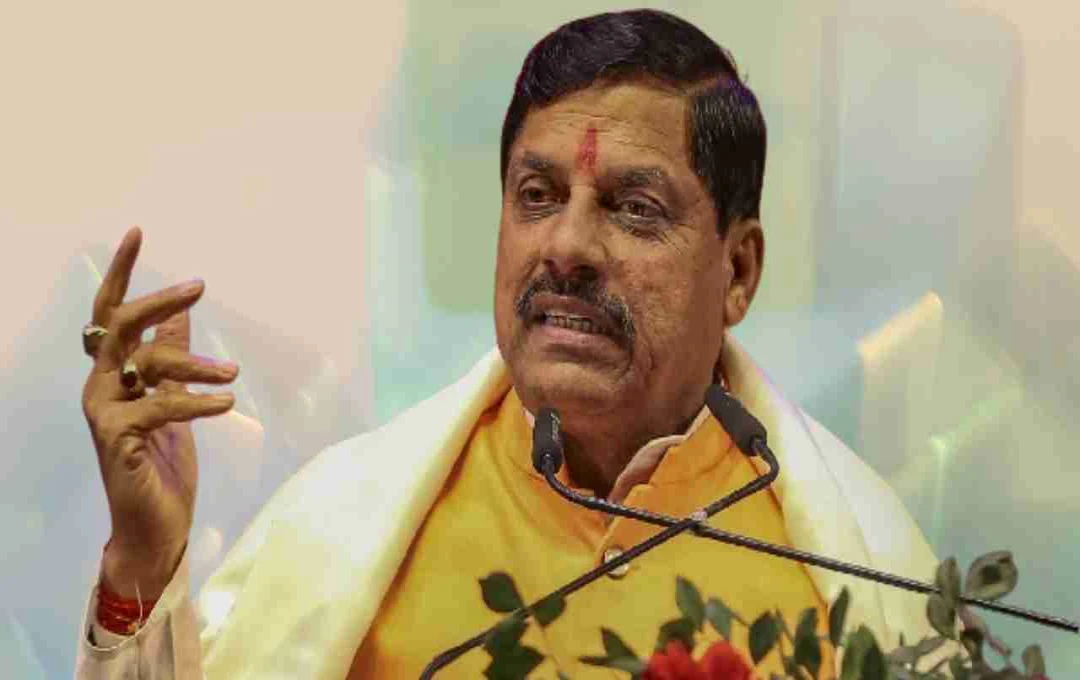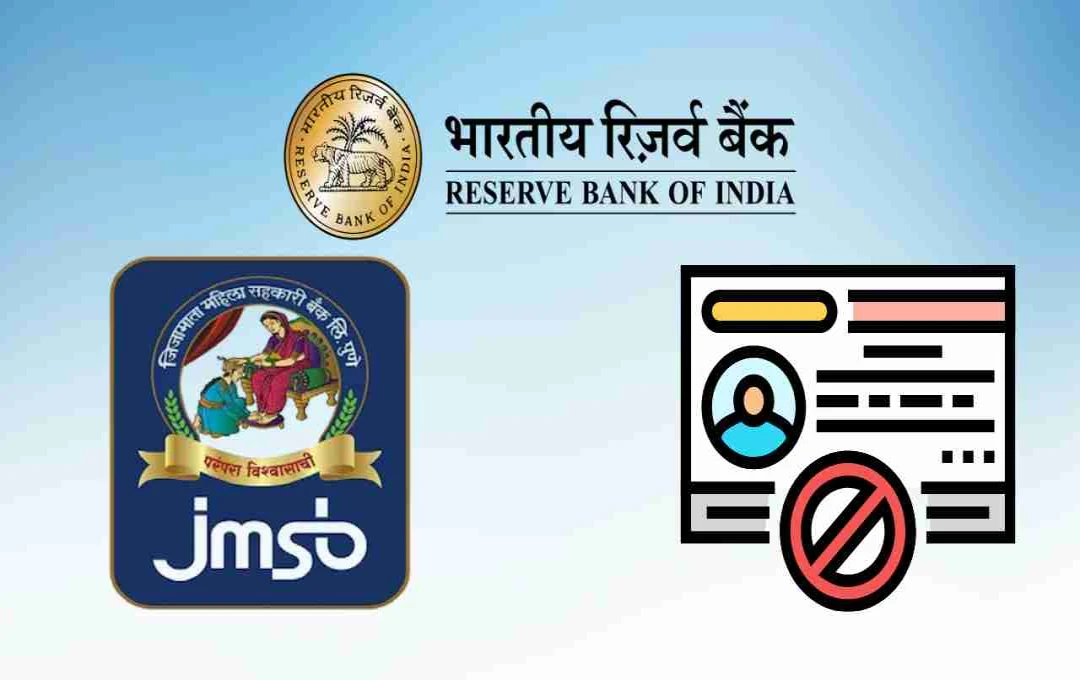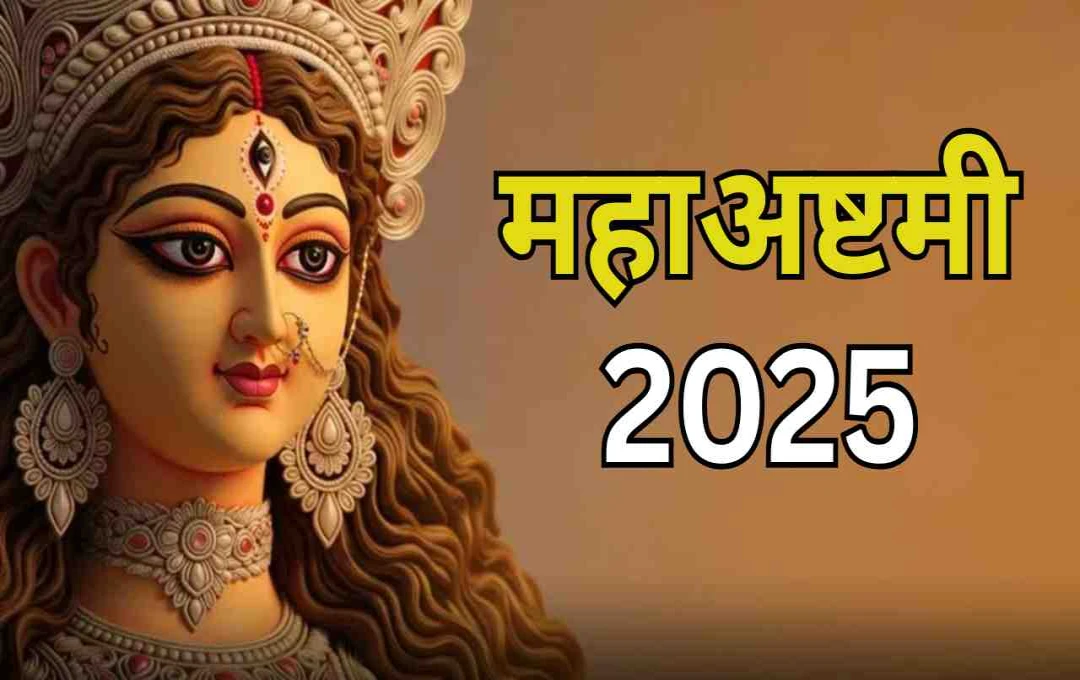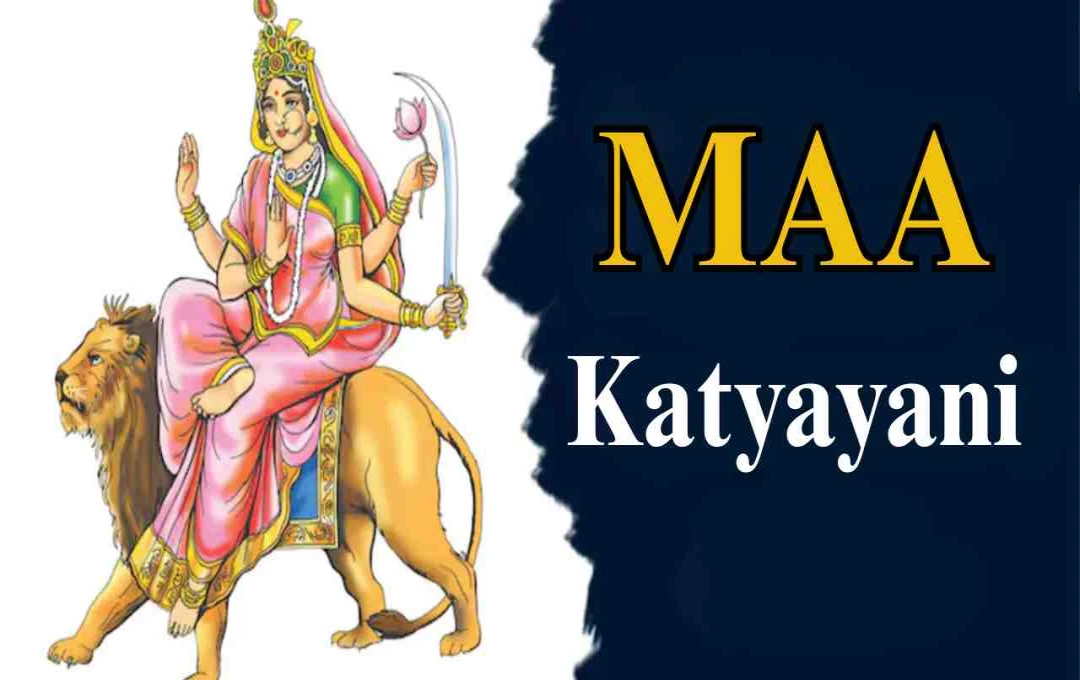Chinese President Xi Jinping visited Tibet, sending a message of integrating Buddhism with Chinese socialism. He also emphasized ethnic unity, political stability, and local administrative reforms.
Xi Jinping: Chinese President Xi Jinping is currently in Tibet. His visit is of particular significance because he instructed local Communist Party officials and cadres to integrate Tibetan Buddhism with Chinese socialism. His clear message is that making Tibet a modern socialist Tibet is a government priority. The aim of this visit is not only to increase control over religious and cultural spheres but also to strengthen China's power and influence from a geopolitical perspective.
Xi Jinping instructed officials to ensure social and political stability in Tibet. For this, ethnic unity and harmony of religious communities with society are essential. He believes that the development of Tibet is not possible without stability and unity.
Jinping's Political and Cultural Message in Lhasa
Xi Jinping's visit began in Lhasa, the most sacred center of Tibetan Buddhism. Here, he not only visited religious sites but also conveyed the message that China's political and administrative agenda will be fully integrated with the culture and traditions of Tibet.
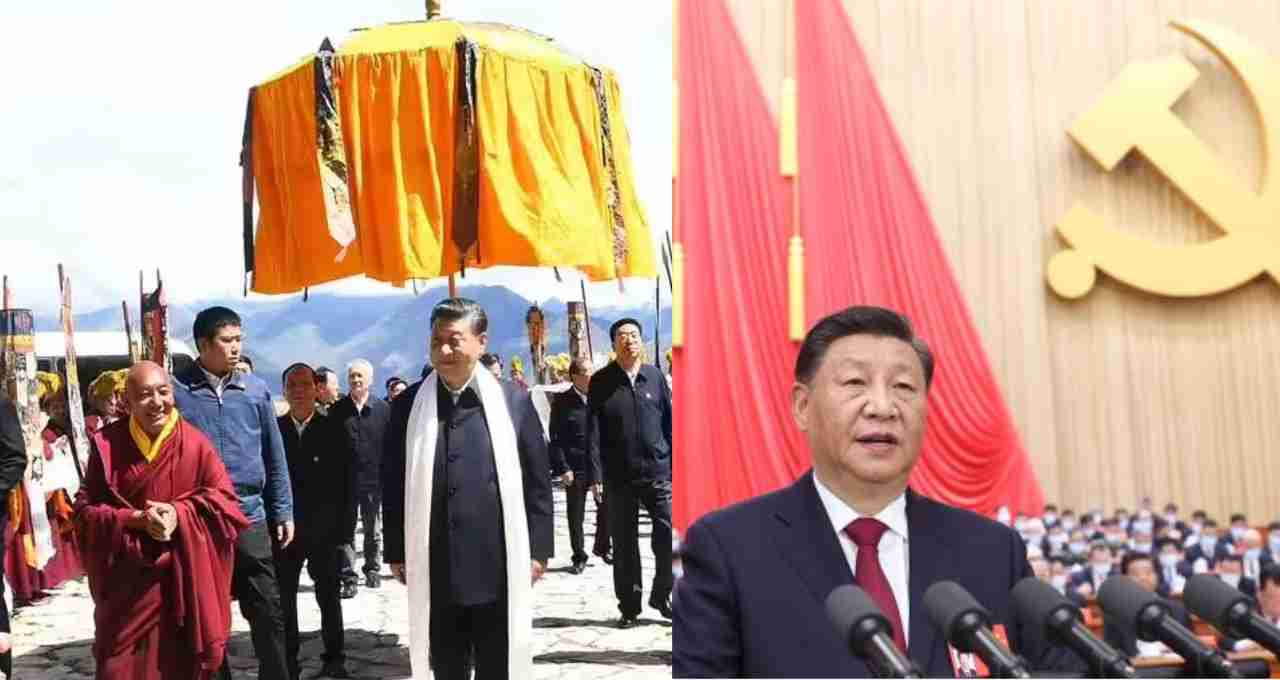
Xi Jinping told officials to promote the use of Mandarin in Tibetan education and administration. The local language of Tibet is Tibetan, but China wants the dominance of Mandarin in government functions and the education system. This will allow China to deeply transform the cultural and administrative structure of Tibet.
Mixing Tibetan Buddhism and Socialism
Xi Jinping instructed officials to integrate Tibetan Buddhism with the Chinese model of socialism. He believes that political stability is not possible in Tibet without establishing religious and social unity. For this, special districts will be created, the purpose of which will be to maintain harmony between different ethnic groups and implement party policies.
Strengthening Ethnic Unity in Tibet
President Jinping also said that ensuring ethnic unity and social harmony in Tibet is extremely important. Under this, special districts will be established to promote ethnic unity. These districts will work in accordance with the Chinese Communist Party agenda and help local people to establish harmony with the government.
Xi Jinping's Second Visit in 12 Years
In his 12-year tenure, Xi Jinping has visited Tibet for the second time. This visit has taken place at a time when China has refused to recognize the succession of the Dalai Lama. This stance of China has also become a topic of discussion at the international level.
China's Increasing Control over Tibet
China's control over Tibet began in 1950. In that year, the Chinese army entered Tibet and gradually occupied the entire region. In 1965, Tibet was given the status of Tibet Autonomous Region. Since then, Beijing has been continuously engaged in increasing political and cultural control over this region.
The Dalai Lama came to India in 1959 and has been living in Dharamshala since then. China has prepared to take control of the Dalai Lama's successor, which will strengthen China's hold in Tibet.
Xi Jinping's Visit on the 60th Anniversary
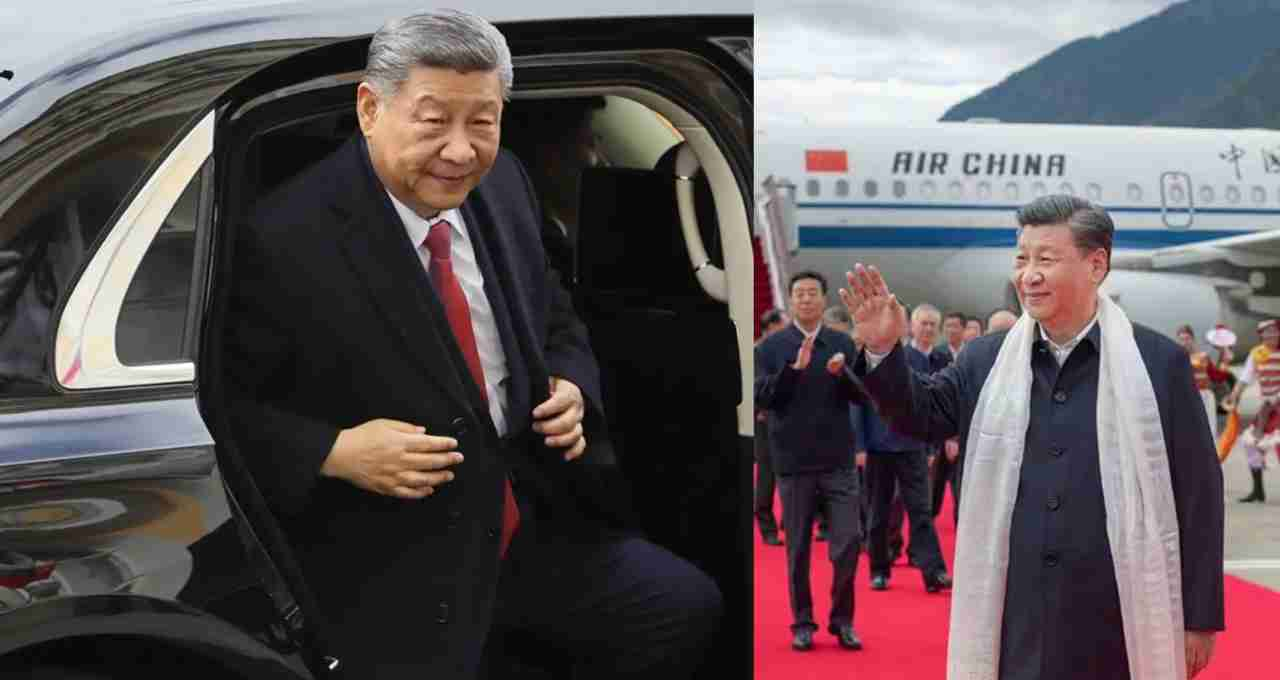
This year marks the 60th anniversary of the establishment of the Tibet Autonomous Region. Xi Jinping's visit took place on this occasion. Before this, he also visited Tibet in 2021. Prior to that, the then President Jiang Zemin came to Tibet in 1990. This shows that the visit of a Chinese President to Tibet is a rare and special event.
Geopolitical Significance and Mega Projects
Tibet's geographical location makes it the roof of Asia. This region is strategically and politically important for China. Recently, China has announced the Mega Dam Project on the Brahmaputra River, which has made Tibet's water resources even more important. At the same time, tension between China and the international community is increasing regarding the succession of the Dalai Lama.
Meeting with the Panchen Lama
Xi Jinping also met with the Panchen Lama in Tibet. The Panchen Lama is the second highest religious leader of Tibetan Buddhism. This meeting is being seen as part of China's religious strategy and efforts to strengthen its hold on Tibet.
Welcomed with Red Carpet and Traditional Methods
As soon as Xi Jinping reached Lhasa, he was welcomed in a traditional way. Local people blessed him by raising bowls of barley. This is part of Tibetan tradition. Xi Jinping also accepted the greetings of the people by waving his hand and reached the main ceremony venue by walking on the red carpet.
Demand for Autonomy of Tibet
Organizations demanding the autonomy of Tibet are protesting against Xi Jinping's visit. They say that Tibet has become a police state under Chinese rule and people's freedom is limited. Namgyal Chodep, a representative of the organization, said that Beijing's claim reflects the lack of popular and historical legitimacy in Tibet.
